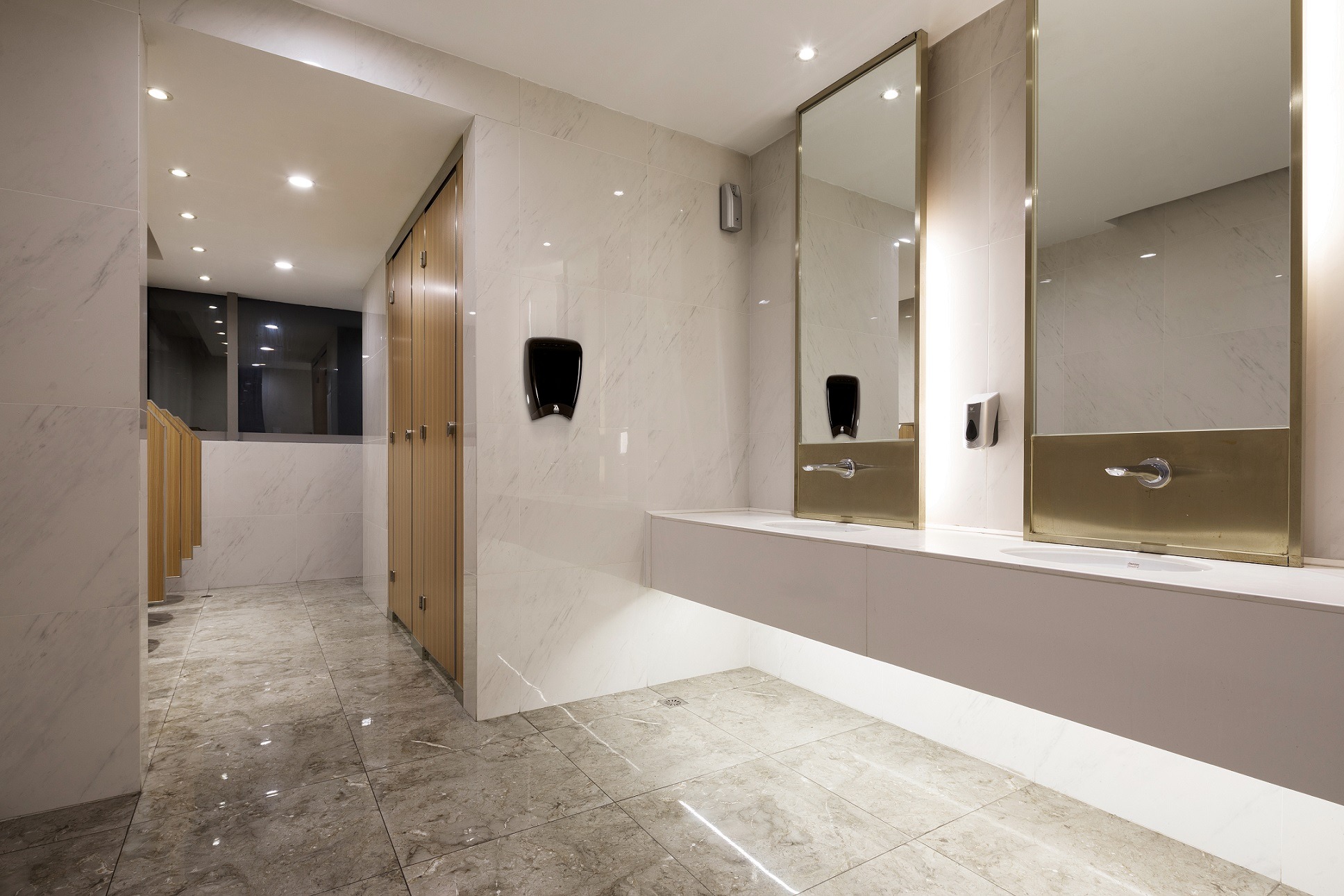The design of hand dryers has evolved significantly in recent years, with a focus on creating products that are not only functional but also aesthetically pleasing and ergonomically sound. The incorporation of modern technologies has revolutionized the way hand dryers are utilized in public spaces, making them more efficient and user-friendly.
In this article, we will delve into the ergonomic aspects of these innovative hand dryers, exploring the various design features that contribute to a more comfortable and convenient user experience. From sensor activation to airflow optimization, we will take a closer look at how these advancements are shaping the future of hand drying technology.
1. The Evolution of Hand Dryer Design: A Historical Perspective

The evolution of hand dryer design throughout history has been a fascinating journey, reflecting the ever-changing needs and preferences of society. From the early days of basic, manual hand-crank dryers to the sleek and high-tech modern models available today, the design of hand dryers has undergone significant transformations.
Innovations such as sensor technology, energy efficiency, and hygienic concerns have driven the evolution of hand dryer design, with manufacturers constantly striving to improve performance and user experience. By exploring the historical perspective of hand dryer design, we gain insight into the factors that have shaped the ergonomics of modern hand dryers, making them not only more efficient but also more user-friendly than ever before.
2. Understanding Ergonomics in Modern Hand Dryers

Ergonomics plays a fundamental role in the design of modern hand dryers, focusing on creating a user-friendly experience and promoting efficiency. By understanding the principles of ergonomics, manufacturers are able to design hand dryers that cater to the needs of users in terms of comfort, accessibility, and usability.
From the placement of the dryers activation button to the height and angle of the airflow, every aspect of the design is carefully thought out to enhance the overall user experience. By prioritizing ergonomics in the design process, modern hand dryers are not only more effective at drying hands quickly and efficiently but also create a more comfortable and user-friendly environment for all users.
3. The Importance of User-Friendly Design in Hand Dryers
User-friendly design is paramount when it comes to hand dryers in public restrooms. Not only does a user-friendly design enhance the overall experience for individuals using the hand dryer, but it also ensures that people of all ages and abilities can easily operate the device.
By incorporating intuitive features such as easy-to-locate buttons, clear instructions, and accessible placement, hand dryers with user-friendly design can improve overall user satisfaction and efficiency. Additionally, a well-designed hand dryer can also contribute to a cleaner and more hygienic restroom environment by reducing the spread of germs and promoting proper hand hygiene practices.
Consequently, investing in hand dryers with user-friendly design is crucial for businesses looking to prioritize customer satisfaction and promote a positive restroom experience for all patrons.
Conclusion
In conclusion, the ergonomic design of modern hand dryers plays a crucial role in enhancing user experience and minimizing strain on hands and wrists. By utilizing innovative features such as adjustable settings, touchless operation, and user-friendly interfaces, manufacturers are able to cater to the diverse needs of consumers while promoting efficiency and sustainability.
As organizations continue to prioritize user comfort and convenience, the evolution of hand dryers will undoubtedly pave the way for more streamlined and enjoyable restroom experiences. By considering the intricacies of ergonomics in design, hand dryers can not only improve hygiene practices but also contribute to overall customer satisfaction.


